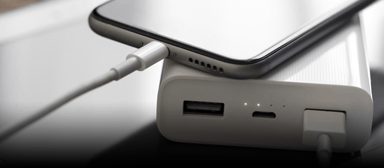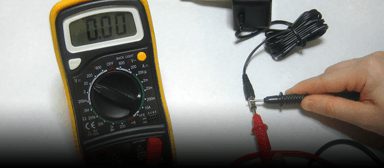As defined in the Code of Federal Regulations 10 CFR 430.2, “battery charger” means a device that charges batteries for consumer products.
Battery Chargers manufactured and distributed in commerce, as defined by 42 U.S.C. 6291(16), must meet the energy conservation standards specified in the Code of Federal Regulations at 10 CFR 430.32(z). Any representation regarding the energy consumption of battery chargers must be based on the test procedure methods specified at 10 CFR 430, Subpart B, Appendix Y.
Battery chargers may be stand-alone equipment or embedded in other products. Battery chargers operate in three modes: No-battery, Maintenance, and Active.
- In no-battery mode, the charger is plugged in but is not connected to a battery.
- In maintenance mode, the charger is plugged in and attached to the battery, which is fully charged.
- In active mode, the charger is plugged in and attached to the battery, which is being charged.
To ensure energy savings during actual use, it is important that battery chargers be efficient in all three modes of operation since the amount of time spent in each mode varies significantly among products and among users of a given product.
The Department of Energy (DoE) uses a unique method for calculating efficiency and compliance, UEC – Unit Energy Consumption, which is a measure of the energy consumed in all 3 modes of operation of a battery charger system.






